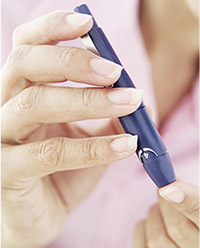Traveling with prescription medications is not difficult, but advance planning makes the trip easier.
First, don’t wait until the last minute to check your supply. If an early refill is needed, your pharmacist may need advance authorization from your insurance company. If you use a mail- order service, you may need to pay extra for speedier delivery.
If you need a new prescription, call your doctor at least several days in advance. Pharmacies occasionally run out of some medications and may not have them on hand the day you plan to leave. Unless your prescriptions are on file with a national pharmacy chain, it can be almost impossible to pick up a refill on the road. Be sure to give yourself enough time to avoid this predicament.
Pack all your medications together in a small pouch. Small travel packs designed to keep insulin and other heat-sensitive medications cool are available. Count out enough doses for the trip – and then add enough for an additional three days. Toting extra doses beats being stranded without access to your medications.
When you’re on vacation and out of your routine, it’s easy to lose track of what you’ve taken and when, so you may want to make a chart to tick off the doses, especially if you will be crossing time zones or eating at odd hours.
Traveling by car – Don’t leave medications in the car because temperature fluctuations could damage them.
Traveling by air – Always carry your medications with you in your carry-on bag. Checked luggage can arrive days late or get lost.
The Transportation Security Administration permits “all prescription and over-the-counter medications” and “gels or frozen liquids needed to cool disability or medically related items.” There is no limit on the amounts, but if your medications won’t fit in a one-quart plastic bag, tell the security officer what else you are carrying.




 And Other Power Foods >
And Other Power Foods >